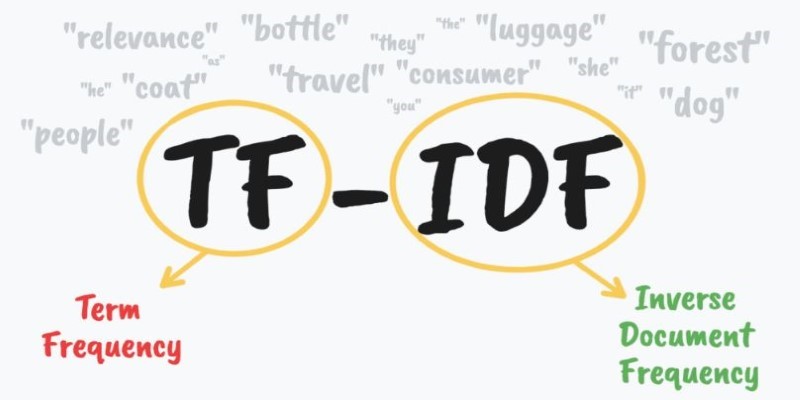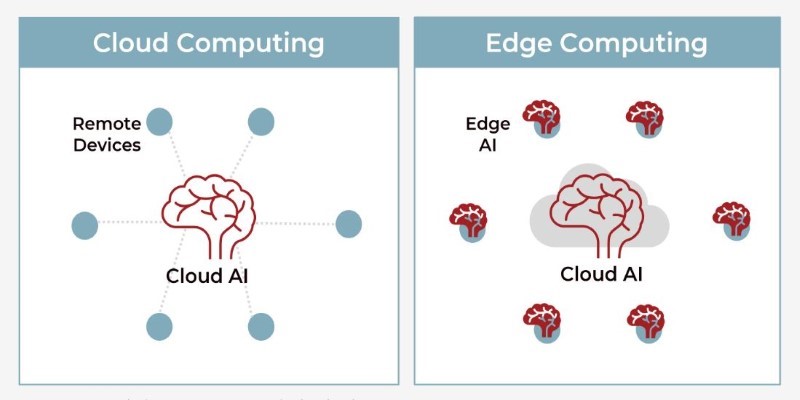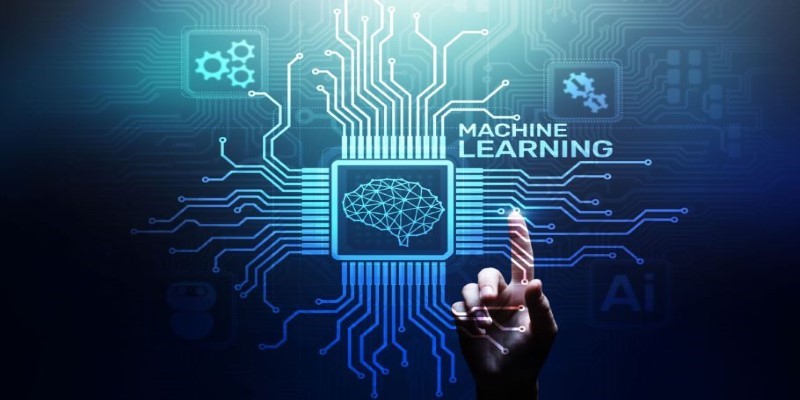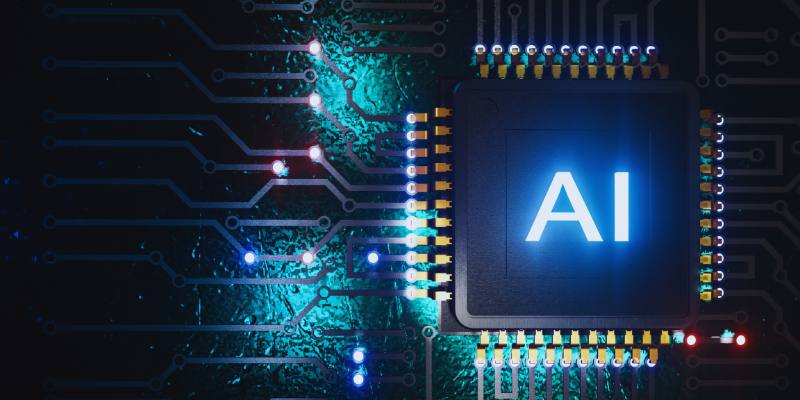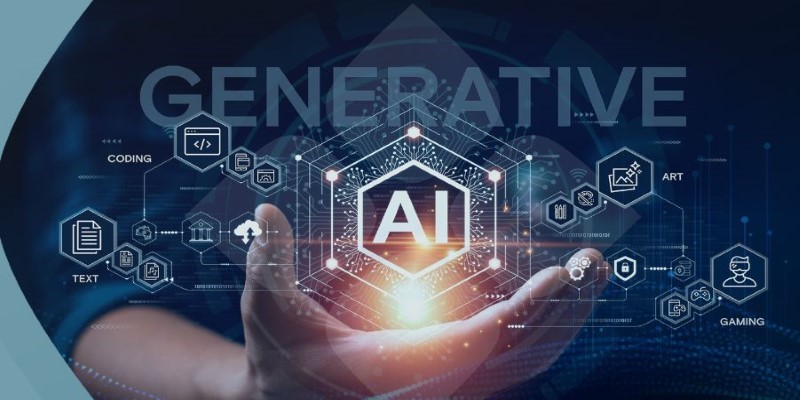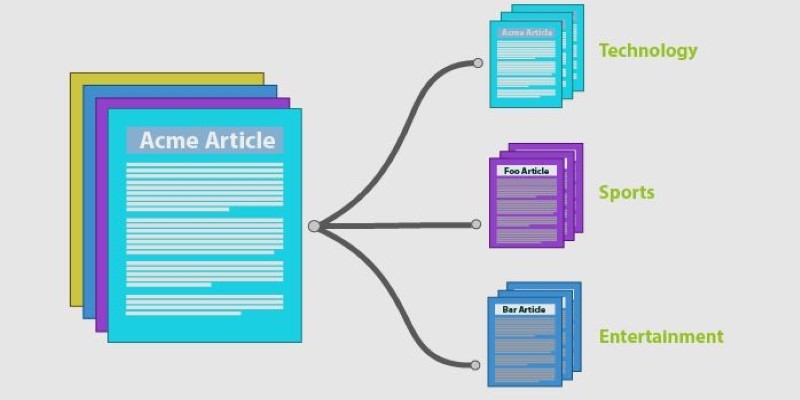Machine learning (ML), a type of artificial intelligence (AI), has become a major force in healthcare, greatly changing medical diagnosis and making it easier to find diseases early. As healthcare changes, machine learning stands out as a game-changer because it makes detecting different health problems more accurate, faster, and more efficient than ever before. This revolutionary technology is not only making things better for patients, but it is also lowering the cost of healthcare and making high-quality tests available all over the world.
Understanding Machine Learning in Healthcare
A branch of artificial intelligence called machine learning uses algorithms to look at huge sets of data and find patterns that people usually can't see. To better predict and find diseases in medical diagnosis, machine learning algorithms learn from old medical data like patient records, diagnostic pictures, and lab results.
- Predictive Analytics: ML models look at patient data to guess how likely it is that a disease will start or get worse.
- Diagnostic Imaging Analysis: Enhancing accuracy in interpreting medical imaging, such as X-rays, MRIs, and CT scans.
- Personalized Medicine: Tailoring medical treatments and diagnostics to individual patient characteristics.
Machine learning's strength lies in its ability to handle vast amounts of data efficiently, making it invaluable in addressing complex healthcare challenges. Its adaptability allows healthcare professionals to continuously refine diagnostic techniques, further enhancing precision and reliability.
How AI Improves Accuracy in Diagnostics
Traditional diagnostic methods rely heavily on human interpretation, which can sometimes lead to errors or misdiagnosis. Machine learning enhances accuracy through the following:
- Deep Learning Algorithms: These mimic human neural networks and are trained to recognize patterns in medical images with precision. AI can identify subtle abnormalities in imaging scans that the human eye might overlook.
- Natural Language Processing (NLP): AI reads and interprets medical reports, improving data-driven decision-making. By scanning vast amounts of clinical notes and research papers, AI can extract relevant information for diagnostic accuracy.
- Automated Pattern Recognition: AI scans thousands of medical cases to identify early signs of diseases. It is particularly useful in detecting rare conditions where limited data is available for human reference.
- Enhanced Workflow Efficiency: AI-driven diagnostic tools enable healthcare providers to manage large patient volumes efficiently. Automated systems assist in prioritizing critical cases, reducing the burden on medical professionals.
With these capabilities, AI-driven diagnostics reduce the chances of false positives and negatives, ensuring more reliable outcomes. The combination of AI insights and human expertise leads to better decision-making and improved patient care.
AI Applications in Disease Detection
AI in Cancer Detection
A cancer diagnosis has seen significant improvements with AI-powered tools. Machine learning models can detect cancerous cells in mammograms and biopsies more accurately than traditional screening methods. Early detection of cancers such as breast, lung, and skin cancer significantly improves treatment success rates.
AI in Cardiovascular Disease Detection
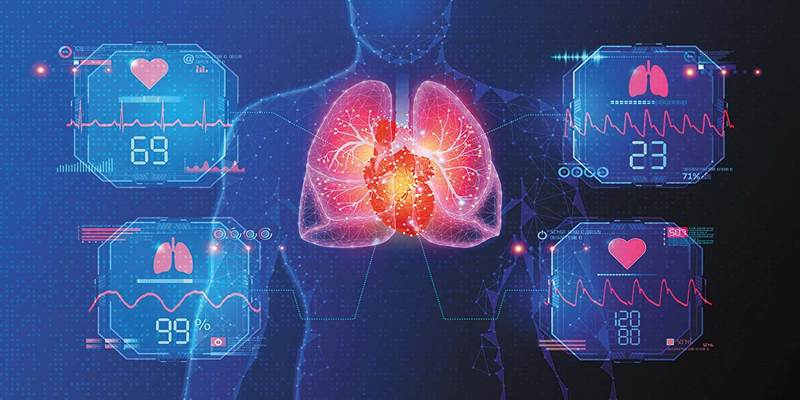
AI is being used to analyze electrocardiograms (ECGs) and imaging data to detect heart diseases. Machine learning models can predict conditions like arrhythmia, heart failure, and stroke risk by analyzing patient data from wearables and clinical reports.
Real-time heart monitoring devices powered by AI can alert users about irregular heart rhythms and potential cardiac threats. This technology has enabled physicians to diagnose and treat cardiovascular conditions before they escalate, ultimately reducing mortality rates and hospital admissions.
AI in Neurological Disorders Diagnosis
Neurodegenerative diseases such as Alzheimer’s and Parkinson’s are difficult to diagnose at early stages. AI-based tools analyze brain scans and cognitive test results to identify subtle changes that indicate these conditions before they progress.
Benefits of Using AI in Medical Diagnostics
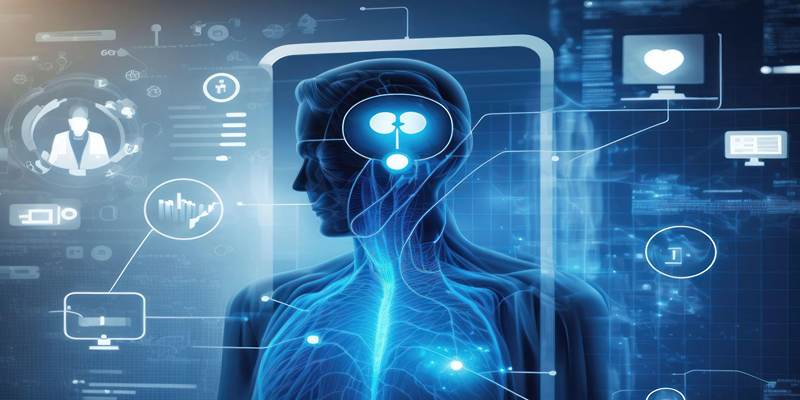
AI’s integration into diagnostics offers remarkable advantages:
- Enhanced Accuracy: AI reduces diagnostic errors through consistent analysis of vast medical data.
- Early Detection: Early identification of diseases allows for prompt and effective treatments.
- Reduced Healthcare Costs: Improved efficiency in diagnostics lowers costs and resource utilization.
- Accessibility: AI diagnostics can extend high-quality medical services to underserved areas lacking expert specialists.
- Continuous Learning: AI systems continually evolve with new data, improving diagnostic accuracy and adapting to new medical insights.
These benefits collectively enhance patient outcomes, streamline healthcare delivery, and facilitate preventive medicine strategies.
Challenges and Limitations
Despite its benefits, AI integration into medical diagnostics faces several challenges:
- Data Privacy and Security: Protecting patient information in large datasets is crucial.
- Algorithm Transparency: Ensuring algorithms are transparent and interpretable to medical professionals.
- Regulatory Compliance: Meeting rigorous regulatory standards to ensure safety and effectiveness.
- Data Bias: Addressing potential biases in training data to ensure fairness and accuracy across diverse patient populations.
Addressing these challenges requires close collaboration between technologists, healthcare providers, policymakers, and patients. Transparency in AI processes and comprehensive training programs for medical professionals are essential for successful integration.
Future Prospects
As machine learning evolves, its role in diagnostics will continue to expand. Future developments could include:
- Real-time diagnostics integrated into wearable devices.
- Improved algorithms capable of diagnosing rare diseases accurately.
- Expanded accessibility, offering diagnostic support in remote or underserved regions.
Further research into AI’s potential applications promises continual advancements, reshaping healthcare delivery, improving patient outcomes, and lowering operational costs. Enhanced collaboration between healthcare professionals and AI developers will accelerate these innovations.
Conclusion
Machine learning has undeniably transformed healthcare, particularly in medical diagnostics. By enabling faster, more accurate disease detection, AI not only improves patient outcomes but also revolutionizes how healthcare professionals approach treatment. As technology continues advancing, the synergy between AI and healthcare professionals promises unprecedented benefits in medical diagnostics, ultimately enhancing global health outcomes.


